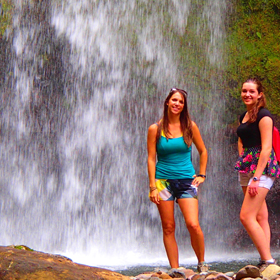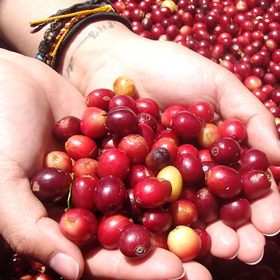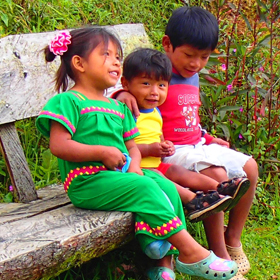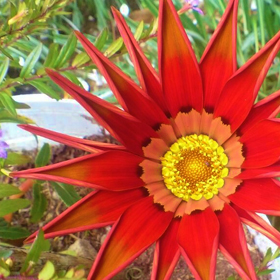Development and Society
Development and Society in Panama
Panama’s economy has grown at a steady rate and its people are reasonably healthy and educated. For this reason, Panama has emerged as one of Central America’s most important countries. In Panama City alone, skyscrapers, trendy restaurants, and booming casinos seem to pop up every week. However, as soon as you leave the city, the development is significantly less. The country’s coastal and mountainous areas are the up-and-coming tourist destinations.
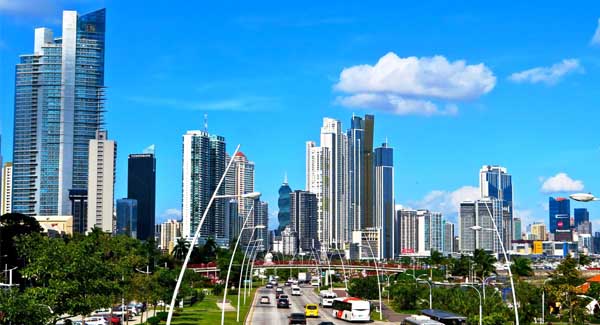
Overall, Panamanians enjoy good health. Clean drinking water, which was provided as a legacy of the Panama Canal Company’s strict hygiene standards, is available to most people, and the number of disease-related illnesses has diminished. In fact, there has not been a single report of yellow fever since 1974, of polio since 1972, of cholera since 1993, or of diphtheria since 1981. Panamanians have access to moderately healthy food, although most grocery stores still aren’t stocked with huge amounts of vegetables. The government provides public health care (there are private sector options as well) and runs a competent school system. All of these factors have led to a life expectancy of 78 years, which is on par with that of the U.S.
Panama has become a hotspot for retirees to stay year round or for part of the year. Travelers are also becoming interested in Panama as a destination to visit, as it features sunny climate, a cheap cost of living, and abundant natural resources. However, environmental issues surrounding development are pressing. How Panama chooses to manage – and balance – economic growth with environmental protection will define its evolution over the coming decades.
The economy of Panama has seen some excellent growth of the GDP, more than 7 percent in recent years. Panama has also historically had low inflation rates. The driving factor for much of the country’s boom is owed to construction projects, including the expansion of the Panama Canal and an urban metro system, both completed around the years 2015 and 2016. Another area that brings in large revenues is the Colón Free Zone, which is the second-largest free-trade zone in the world. International banking in the country’s capital is also a large industry. The Panamanian government is courting businesses and developers with incentives such as waiving property taxes for investors. At the same time, the government is also promoting extensive mining, hydroelectric, and tourism projects across the country.
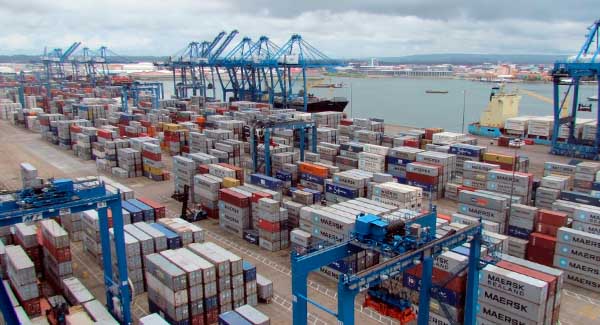
Many of these projects threaten conservation efforts. Roads are being built through forests, mangroves are being removed, and some farmers continue to use slash-and-burn agriculture. Sustainable tourism is being promoted by the strong few, and continues to battle with the destructive industries. Boquete Outdoor Adventures maintains all sustainable tourism practices in Panama, and hope to preserve the country’s greatest resources for generations to come.
Unfortunately, Panama had little environmental policy until the 20th century. During this time the country began to witness the dramatic effects of environmental destruction and began to take steps to change. This included the creation of protected areas, the writing of environmental laws, and the establishment of environmental nonprofits. Panama’s 76 protected areas cover close to two million hectares (4,942,108 acres) of land, some 25 percent of Panama’s total area, and much of the water that borders its coastline. 13 of the protected areas are national or marine parks (as well as one international park), and the rest are made up of wildlife refuges, protected wetlands, and buffer forests. These are all relatively new – the country’s first national park, Parque Nacional Altos de Campana, was established in 1966, and all others have been created since then.
However, the government does not always do a good job enforcing its laws and policies. There are still some hunters and fishers who work within protected areas, and deforestation continues to be an ever-increasing issue to the forests and mangroves of Panama. The country’s water resources – including its rivers and coastal areas – may also be in danger, as sewage and garbage are sometimes discarded directly into the ocean, or washed from the road and straight into the streams and rivers.
While seeing new signs of “don’t throw your trash” among other reminders, we hope that a new ethic of conservation is coming to Panama. The environmental movement has grown tremendously over the last thirty years, and there are a number of people working hard to promote sustainable development. Panama’s largest conservation group, the nonprofit Asociación Nacional para la Conservación de la Naturaleza (National Association for the Conservation of Nature), or ANCON, has pushed since 1985 for greater environmental protection.
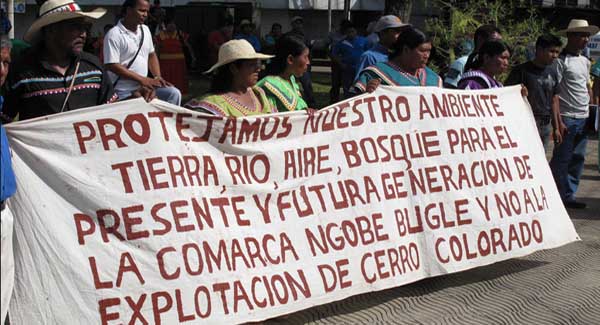
The Ngobe Bugle and other indigenous groups have protested the construction of the hydroelectric projects as they look to protect their lands and resources. This protest sign says “We want to protect our environment, earth, river, air, and forest for the present and future generations of the Ngobe Bugle Indigenous Reservation, and to not have the exploitation of Colorado Hill.”
Panama’s economic growth must maintain a careful balance with its environment, which leads to the its own success as a nation. If developers choose to sacrifice important outdoor areas for the sake of a buck, the country will lose many of its valuable natural resources. At the same time, economic growth may also be the best tool that Panama has to address environmental concerns. Similar to Costa Rica, Panama may adopt a more eco-friendly perspective, choosing to match conservation efforts with tourism in a way that benefits both the local communities and environment.

